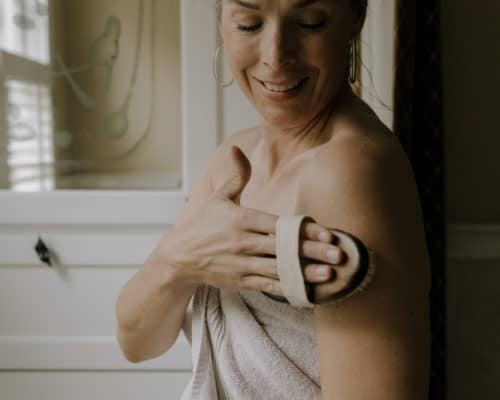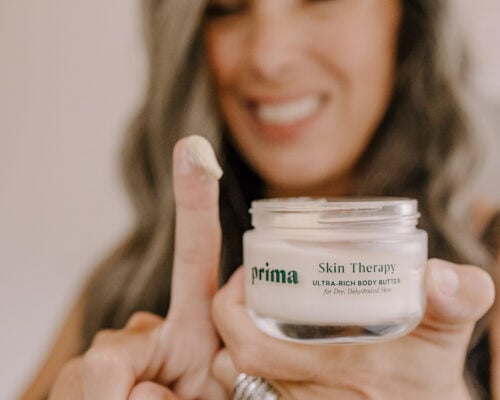We’ve identified the pros and cons of major beauty certifications and listened to the reasoning behind why brands choose the certification they do (or don’t)…now it’s time to talk about how to use this information—TNK style.
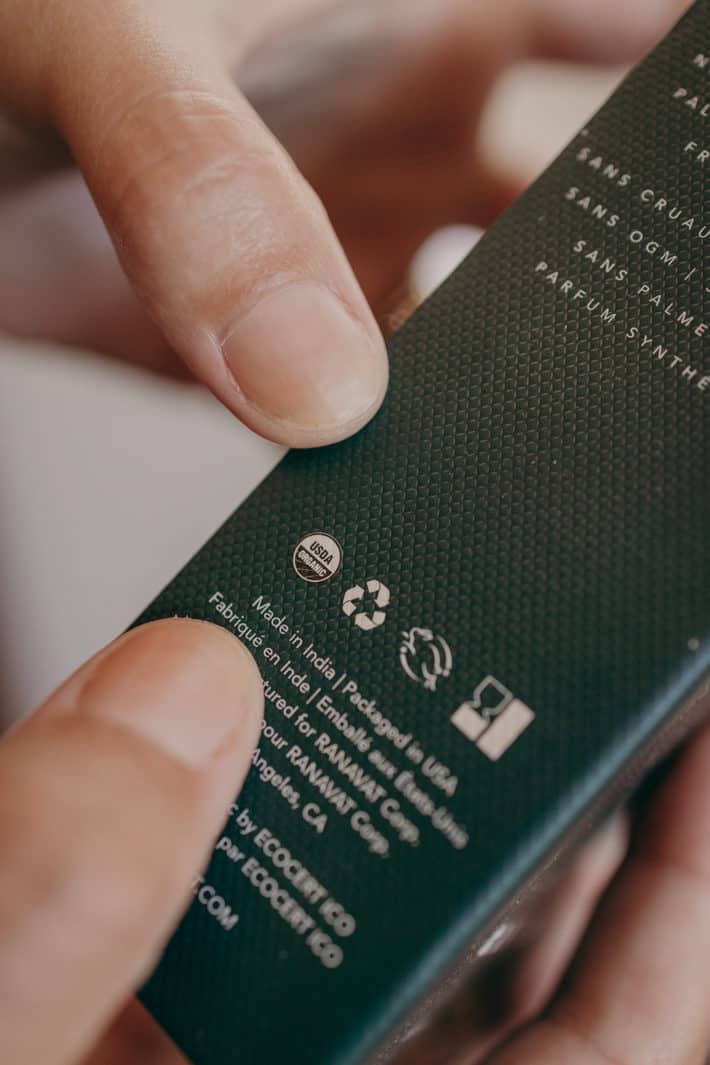
By: Lisa Fennessy
I don’t want this post to be a “my way or the highway” soapbox moment. In fact, I hope you know by now that is never what I want your experience to be here on TNK. TNK, as always, is a resource for you to use to make your own informed decisions….as well as a place for me to tell you what I think along the way.
It’s also important to note that these standards are constantly evolving as products, ingredients, processes and formulations evolve…so any initiative that is striving to move the industry in a more ethical direction is contributing to the cause. And we’re on board for that.
But to help demystify the current state of ethical beauty, let’s talk about how we as consumers can use beauty standards practically, what that looks like and some things to consider along the way.
No standard is a BAD standard
Let’s face it, shopping for ethical beauty can be overwhelming. On the outer layer of this huge onion, we have labels with ingredients that are hard to read and understand. Then as we move toward the inner layers we consider things like sourcing, packaging, manufacturing processes and respect for the planet…And as the onion gets smaller, it’s majority share ownership, philanthropy, mission, values…and the list goes on and on.
Now how am I, or anyone for that matter, supposed to go into Target, pick up a face cream and consider all the angles? I can’t. And you can’t either because the information just isn’t there. I mean, how can it be? Labels would be jutting off the side of each product with the thickness of a Leo Tolstoy novel.
INSTEAD, we can use beauty certifications/standards—a tool that speaks to many of these issues.
Sure each standard (certification, verification, retailer standard) has its own strengths and weaknesses, BUT the one thing they have in common is that a product has been vetted and approved via a third-party standard.
TAKEAWAY: When you see any third party qualification on a product, let this give you confidence the next time you go shopping.
Not having a certification does not equal a trash product
When it comes to label reading and marketing tactics, I talk a lot about paying attention to what’s NOT on the label. Often we get hit with forward-facing language like “no parabens, SLS, phthalates” or buy this “clean beauty” product, which can be reminiscent of “pay no attention to the man behind the curtain” tactics. (Please tell me I am not at that age where I am dropping movie references that you don’t know about 😂😭.)
The point is, sometimes brands use slick marketing language to draw your attention away from what a product actually is or where it lacks. (You can read more about greenwashing in TNK’s Beauty Credo.)
But with some brands, lack of a certification or standard doesn’t mean jack. There are brands who have chosen not to get certified that are beautiful and innovative, who are bursting at the seams with integrity, and are frankly leaders in this industry like Laurel Skin, Maya Chia, Live Botanical, Josh Roseboork and Leahlani for example.
TAKEAWAY: There are many ethical brands that are not third-party vetted.
Holding big brands and small brands to the same expectations
No matter how you slice it, getting third-party vetted costs money. Do we have the same expectations for small brands as we do for billion dollar corporations? Is that fair? (We dive deeper into this discussion in our TNK Beauty Credo.)
Wouldn’t we see more change and bigger impact if we focused on pushing Proctor + Gamble to get Old Spice ECOCERT/COSMOS Certified?
TAKEAWAY: Everyone get on the phone and call P+G STAT, jk, jk (kinda). Many clean beauty brands are still indie brands and allocating money toward third-party vetting may not make sense at this time.
Certifications v. Verifications
I loved learning about this because on the most basic level, there is a huge difference between certifications and verifications.
Certifications – These are when a standard and the people issuing the standard are two different entities (like ECOCERT certifying a product COSMOS NATURAL).
Verifications – This is when a standard is created and issued by the same entity (like MADE SAFE® or EWG VERIFIED™).
And then there are retailer standards like Credo, Clean at Sephora and Whole Foods Premium Body Care, which can also technically be classified as a verification as well.
TAKEAWAY: Certifications provide a less biased process than verifications.
Understanding third party vetting is mad empowering
After doing all this certification research, I have *kiss the floor* respect for the COSMOS standard. Holy crap. I love everything that this standard takes into consideration from the cleaning products used on lab machines to waste management to the packaging used AND that brands are PHYSICALLY audited on an annual basis (with additional surprise visits) to ensure compliance. In addition, ingredient supply chains are audited, no GMOs of any kind are allowed (not even with starter materials) and they follow the EU Reach Program standards for ingredients.
If I was a brand founder, this is the certification I would be getting after.
So you best believe I almost fell out of my chair last week when a brand emailed me and asked me if I would be interested in trying their ECOCERT/COSMOS Certified retinol serum. Like woah. YES and this is huge.
TAKEAWAY: Hook yourself up and take 10 minutes to look at the differences between each beauty standard here.
What I use on the daily
We get pitched all the time to try new products. I personally love when a product meets some kind of third-party standard. It gets me excited that this could be a potential fit.
I also like using and recommending the Think Dirty App. This app was launched in 2013 and has been maintained and built out ever since. We find it to be pretty accurate and I like that it links to specific studies, journals and data to back up their ratings.
I also like using the EWG Skin Deep Database to look up ingredient intel as a touchpoint. However, I don’t use this tool to look up specific products. For example, Weleda Skin Food scores a 5 on the Skin Deep Database because it lists “fragrance” on its label. BUT, if you dig a bit deeper and actually look at the label itself, their “fragrance” is actually essential oils. So in some instances, the Skin Deep’s rating can be misleading.
I also like looking at the MADE SAFE® Banned List and Hazard List for more information on ingredients, with links to studies, journals and data.
Not that I expect readers to do this but because it’s my job, I also like to check out ingredient Safety Data Sheets, reference textbooks, connect with our network of chemists, call labs, ask brands for more info—and I’ve even paid for ingredient consultation when I still couldn’t future it out.
TAKEAWAY: Let beauty certifications give you confidence when shopping and also download the Think Dirty App as a quick and useful touchpoint.
Quick and dirty tips for how to use beauty certifications
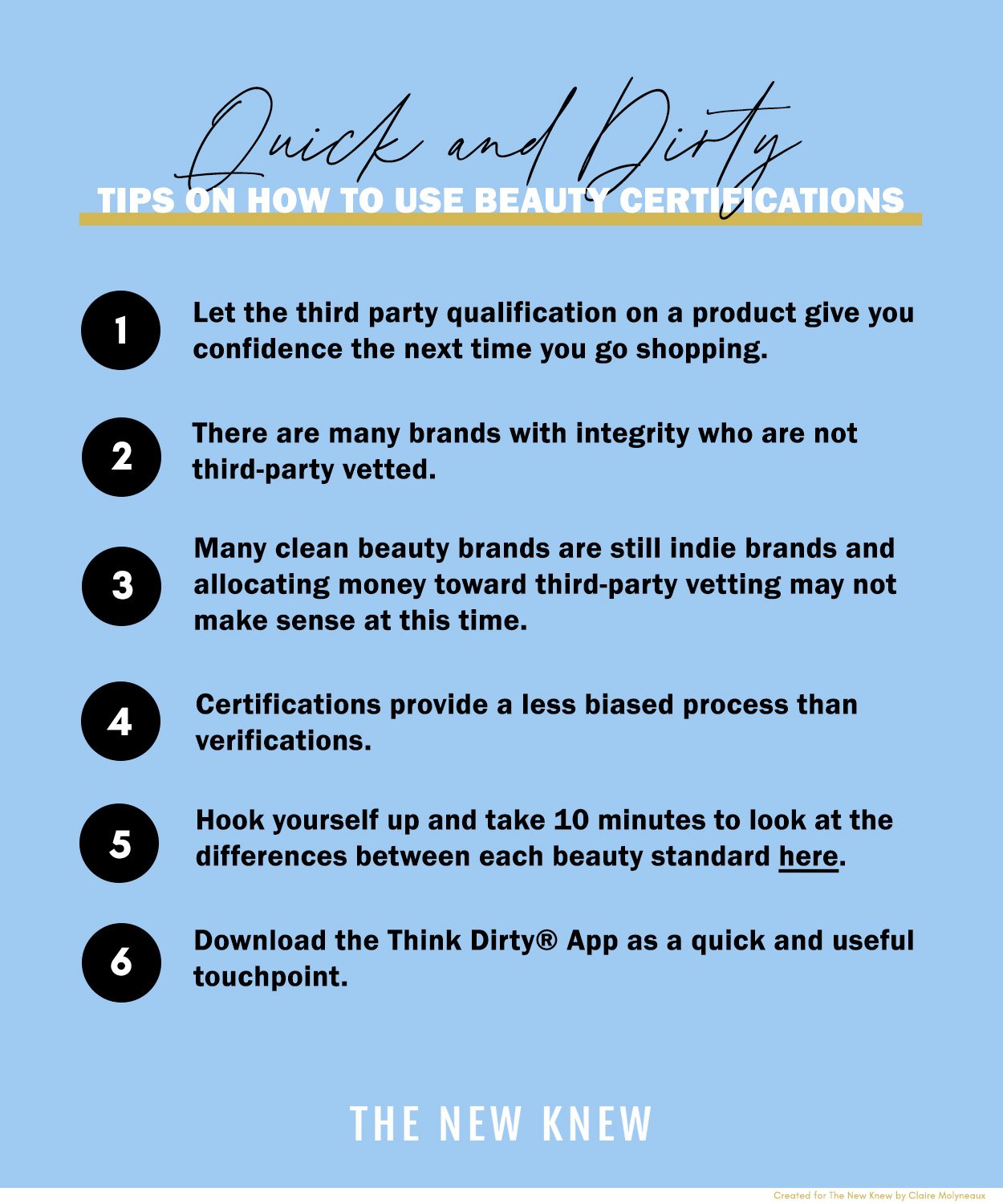
Which beauty certifications do you most rely on?
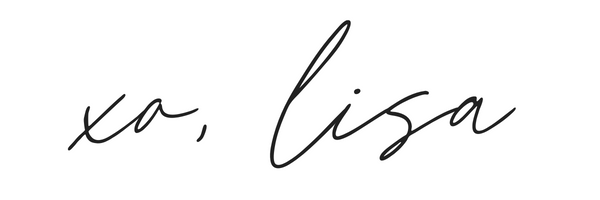
TNK Team Note: This article contains affiliate links. TNK uses affiliate links as a source for revenue to fund operations of the business and to be less dependent on branded content. TNK stands behind all product recommendations. Still have questions about these links or our process? Feel free to email us.


